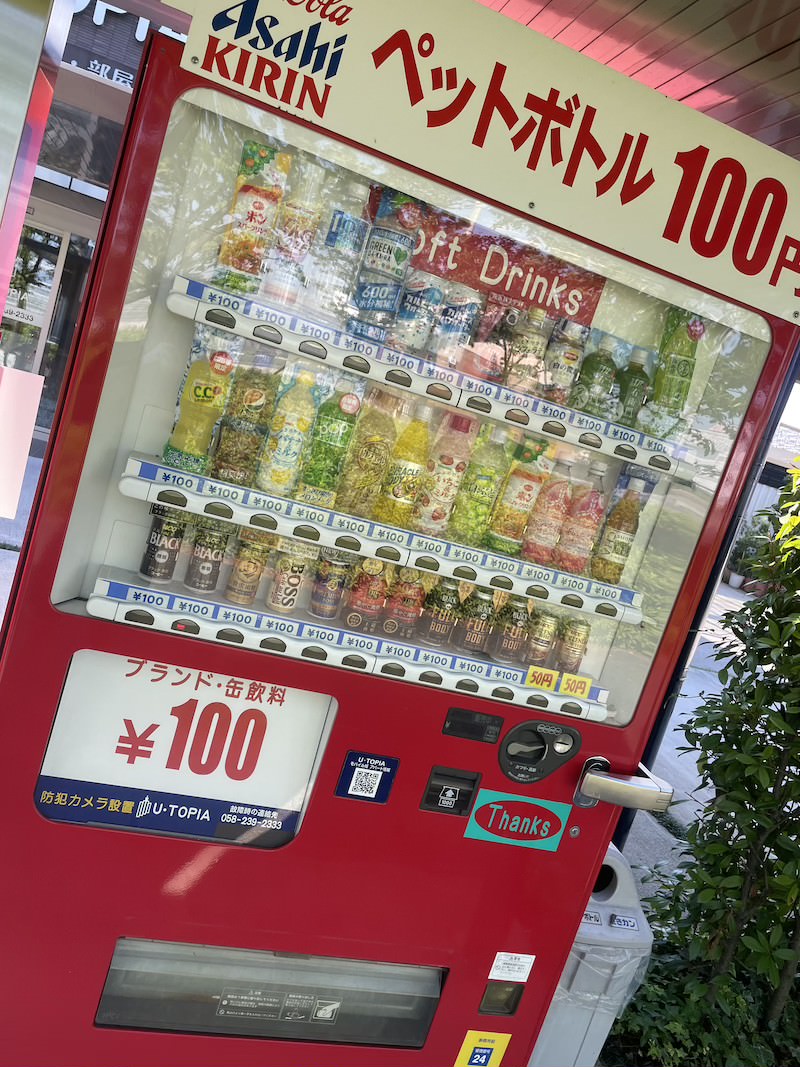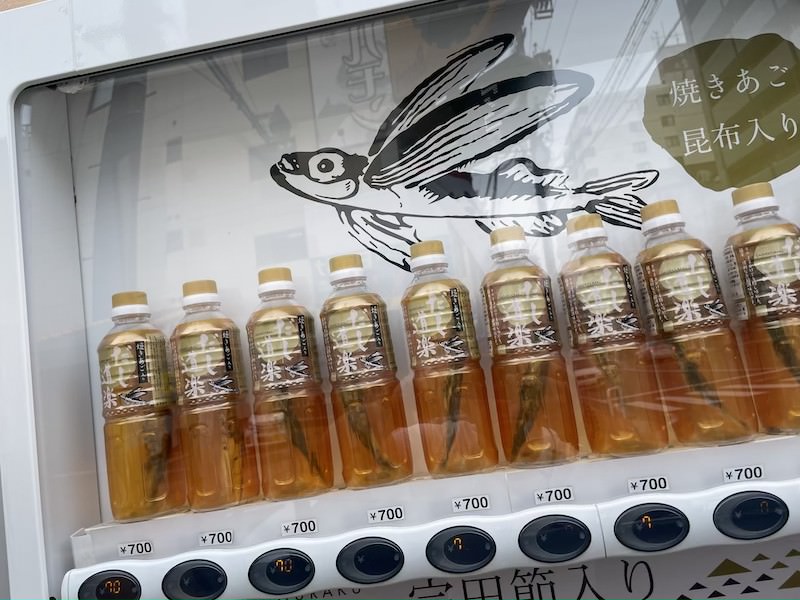Jun 30, 2022
The Vend of The World – Explore Nagoya’s Eclectic Vending Machines
Is there a more convenient country in the world than Japan? The trains run so fast they’re named after bullets, package redelivery can be arranged anytime, and there is an (appropriately named) convenience store on seemingly every corner. But most obviously, the sheer ubiquity of the vending machine makes this country the globe’s most accommodating.
According to statista.com, Japan has approximately 4.1 million jidōhanbaiki [vending machines], or one for every 30 people. Most of these – about 2.6 million – will be drink vending machines selling soda, bottles of tea, and even beer, and they can be found on pretty much every street corner. Insanely, jidōhanbaiki take in about ¥5 trillion [US$36.7 billion] a year. Put into perspective, that’s about a third of Google’s worldwide advertising revenue. That’s a whole lot of coins going into slots.
Which begs the question, why are they so popular? Well, I refer you once again to that word ‘ubiquity,’ as vending machines are absolutely everywhere. Within a five-minute walk from my apartment in Nakamura Ward, just off the top of my head, I can think of ten jidōhanbaiki spots, some of which have multiple machines. Most of these sell a wide array of soft drinks, a couple stock Asahi and Kirin beers, and one has a super old nihonshu machine filled with what I presume to be pretty well-fermented sake.

But then, ubiquity as an answer is a bit of a chicken and egg (both of which you can probably find in vending machines in the countryside) scenario because surely they wouldn’t get to be everywhere if there wasn’t a market for them. It is plausible that their sheer convenience is a crucial element of their charm. From the aforementioned punctual trains to the 50,000 conbini [convenience stores] that serve the population, Japan loves it when things are easy and close at hand, fetishizing the concept to the degree that in the city, it is considered a suffering to live farther than a ten-minute walk from a subway station. Add this to the fact that Japan is one of the world’s most densely populated developed nations; there is a huge captive audience swarming past these brightly lit machines.

Some observers argue that another key reason for the jidōhanbaiki’s popularity is Japan’s famously long working hours, with employees often in the office or on-site for most of the day. However, swanning off to a café, or clocking off at your allotted time, is very much not the done thing because if the boss is still in situ, you bloody well be. However, if you wanted to grab a drink from the vending machine down the street, no one would bat an eyelid. In fact, at any point in the day, you are likely to – almost literally – bump into a group of tradies squatting around a vending machine, chugging cans of coffee. And yes, canned coffee is very much a thing here.
Personally, I think that vending machines are so popular due to a combination of the previously mentioned convenience and price. While things are generally cheap in modern conbinis, initially, vending machines were mostly ‘one coin’ (again, for convenience’s sake), and drinks cost either ¥50 or ¥100. Today you can still find vending machines at these prices, often much less than what you might pay in stores. Also, you can get a lot of weird stuff from them all around Nagoya.
Ice cream
Do you remember when, as a kid, you would spend the summer holidays with your ears forever cocked as you prayed for the arrival of the ice cream van? Then the crushing despair as you sprinted out of the house too late, just in time to see him sail down the street?

Not a problem here, as you can grab an ice cream at almost any time. You can find seventeen Ice machines everywhere, often at train stations such as Kanayama; for some reason, I’ve never quite fathomed.
Dashi
This dashi, among the Nagoya’s Eclectic Vending Machines, is the one that makes the least sense to me. Admittedly, I am not massively keen on dashi, a stock made of bonito (a fish similar to mackerel) that goes into many Japanese dishes and stinks to high heaven. But seriously, how often do you think, “oh, I’m out of dashi, better pop to the jidōhanbaiki”?
 Should I get a cheap one? No, I’ll spend ¥500 on the one that has the actual fish in it.” Hopefully, no unsuspecting foreigner mistakes it for a bottle of mineral water…
Should I get a cheap one? No, I’ll spend ¥500 on the one that has the actual fish in it.” Hopefully, no unsuspecting foreigner mistakes it for a bottle of mineral water…
Hot sauce
Summer is ridiculously hot in Japan, and though I try to restrict my use of plastic bottles for environmental reasons, sometimes, when out and about, I find myself sweating buckets and drawn to the icy cold drinks vending machines.

My nightmare is that I, vision obscured by sweat, reach for a bottle of hot sriracha sauce by accident. Mind you; it’d be better than the dashi.
Gentlemen’s Assistance
There comes a time in many a man’s life when, due to stress, age, or overindulgence in Asahi Superdry, he cannot perform as well as he would wish. For some, the remedy is a frank discussion with their loved ones, while for others, it is to purchase little blue pills.

Others go to the vending machine in Osu that sells snake and turtle extracts. The turtle blood is the best stuff. Um, so I’ve been told.
Booze
I spent so much of my teenage life hanging around outside Mr. Lee’s corner shop, haranguing passing-by adults into buying me a beer so cheap and strong that a sniff could knock you on yer bum, that I probably should have paid council tax.

Japanese teenagers presumably don’t have such problems, as many of these magical machines – selling beer, chuhai [wine coolers], and nihonshu – require no ID.

Images by Mark Guthrie
Image: sriracha by Hunter Byron Smith


About the author